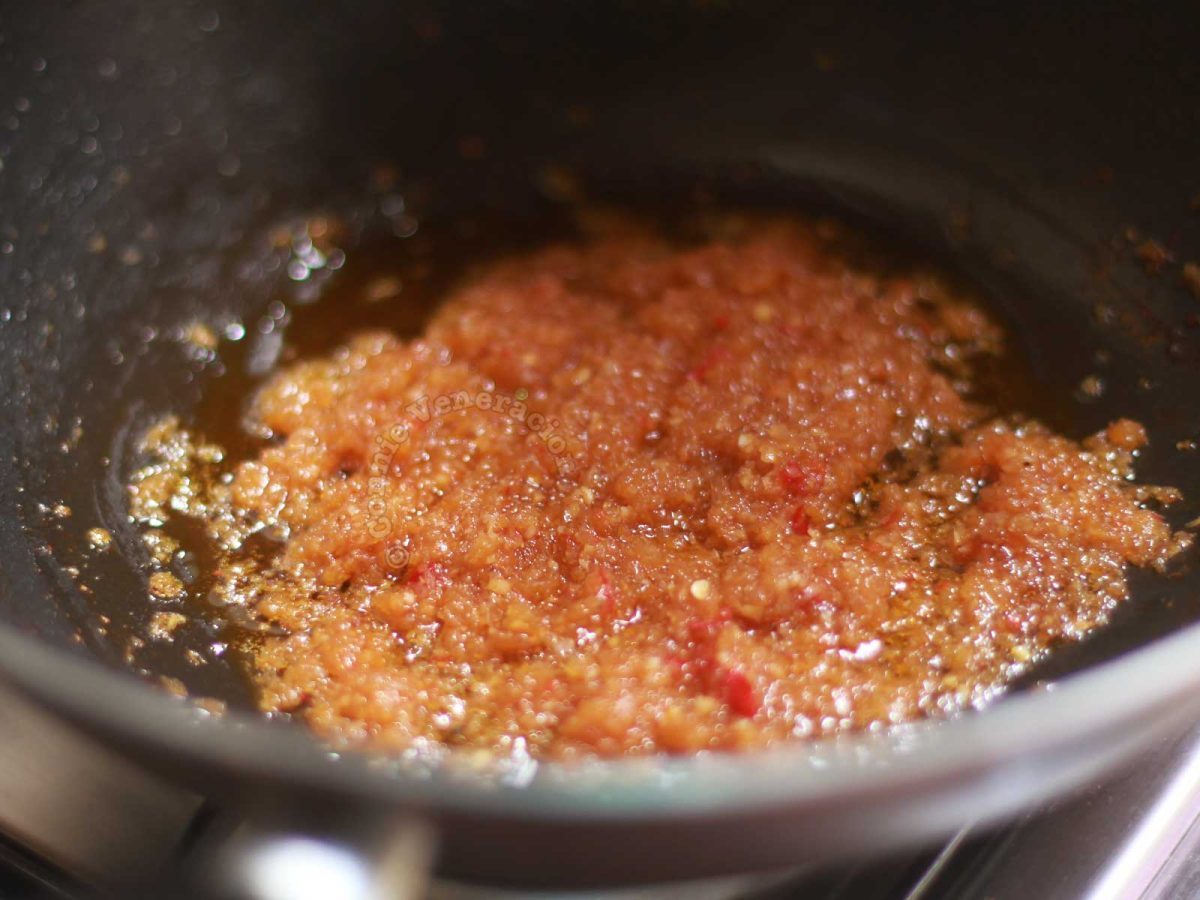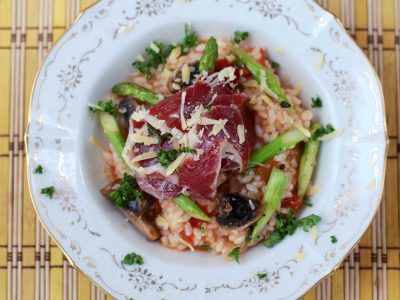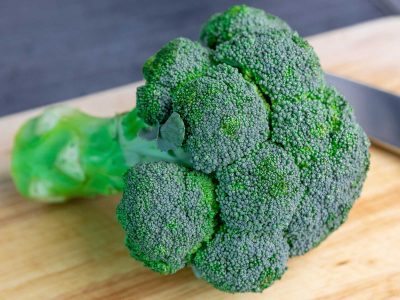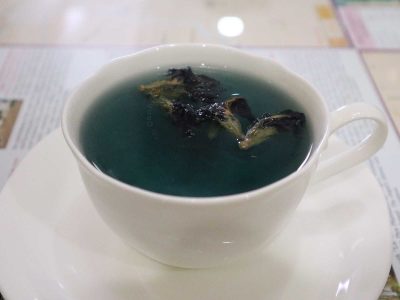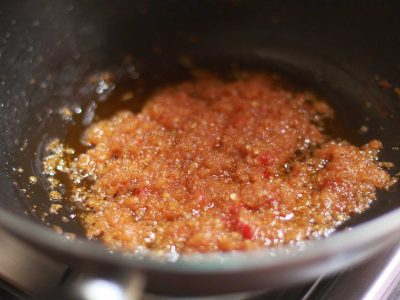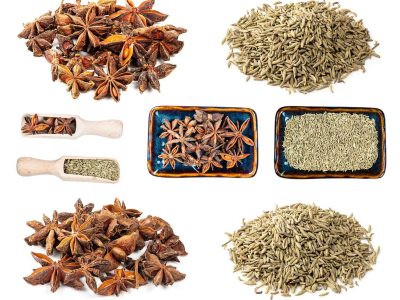Although sambal originated in Indonesia, it has become a popular ingredient around Asia and, sometimes, even beyond Asia. Sambal is used extensively in Malaysian and Singaporean cooking. Because Indonesia was once a Dutch colony and many Indonesians settled in The Netherlands, sambal is not that uncommon in The Netherlands.
Chili is the primary ingredient in sambal
Chili (genus Capsicum) is not native to Indonesia. Chili reached Indonesia from the Americas during the ancient spice trade. And yet, sambal has been around since before the spice trade. Back then, sambal was made with hot spices but nothing that belonged to genus Capsicum.
After the introduction of chilies from the Americas, sambal evolved. Today, sambal can be made with bird’s eye chilies, habanero, cayenne, among others, or a combination of two or more varieties. The kind of chili used to make sambal will determine how hot or how mild it is.
Secondary ingredients in sambal
If you make a paste using chilies and nothing else, you get get something hot but without much depth of flavor. What give sambal nuance are the secondary ingredients.
- Spices and herbs like garlic, ginger, shallots and scallions;
- Seasonings like tamarind paste, palm sugar, kecap manis (sweet soy sauce), fish sauce and lime juice; and
- Other ingredients like tempeh (fermented tofu), shrimp paste (in one form or another) and even fruits and nuts.
Deciphering sambal labels in the grocery
It is easy to pick up a jar of sambal from the grocery and use it for cooking just about any recipe that calls for sambal, but… And that’s a big BUT. Some recipes require a specific flavor of sambal so it isn’t smart to rely on the contents of one jar.
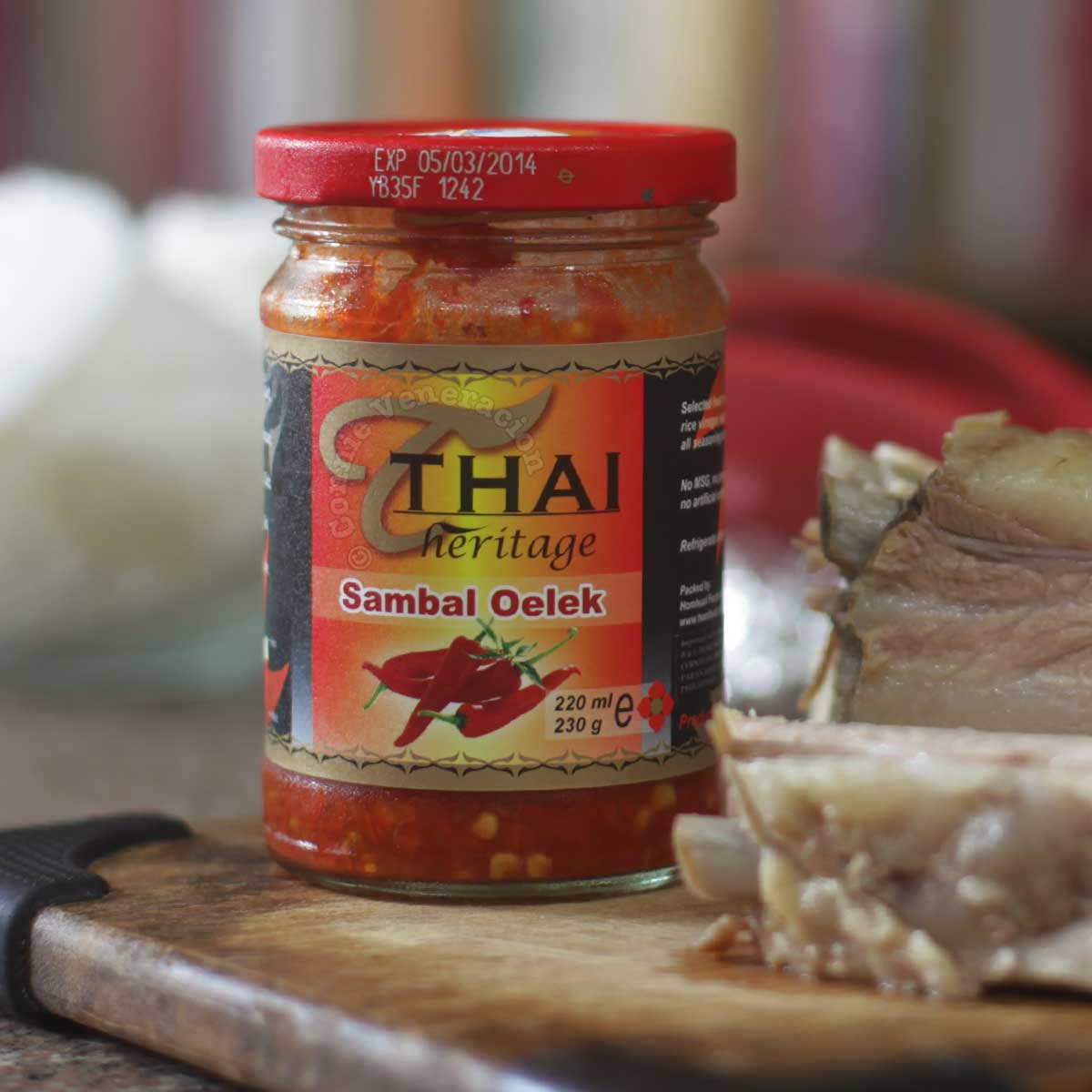
If you notice in the photo above, the label on the jar says sambal oelek. That is raw sambal (usually with a little salt and lime juice added) to which you can add other ingredients.
Other than sambal oelek, what other sambals can be found in an Asian grocery? A LOT. Some are Indonesia, some are Malaysian and there are others that come from Sri Lanka as well. Here are the common ones with brief descriptions:
- Sambal belacan,sambal petis and sambal terasi are made with shrimp paste.
- Sambal asamhas tamarind paste.
- Sambal ebihas dried shrimps.
- Sambal gorengis a cooked paste with fried shallots, among other ingredients.
- Sambal kecapis sweet because it contains kecap manis.
When cooking a recipe that calls for sambal, the best practice is to find the correct sambal. Check the ingredients list in the label or do a quick search to determine if the sambal you see in the grocery is tangy or sweet, or if it has shrimp paste or other fermented food.
If you cannot find the correct jar of sambal, you can just make it at home. You just need chilies, whatever secondary ingredients are proper for a dish, and mortar and pestle, a blender or a food processor.

